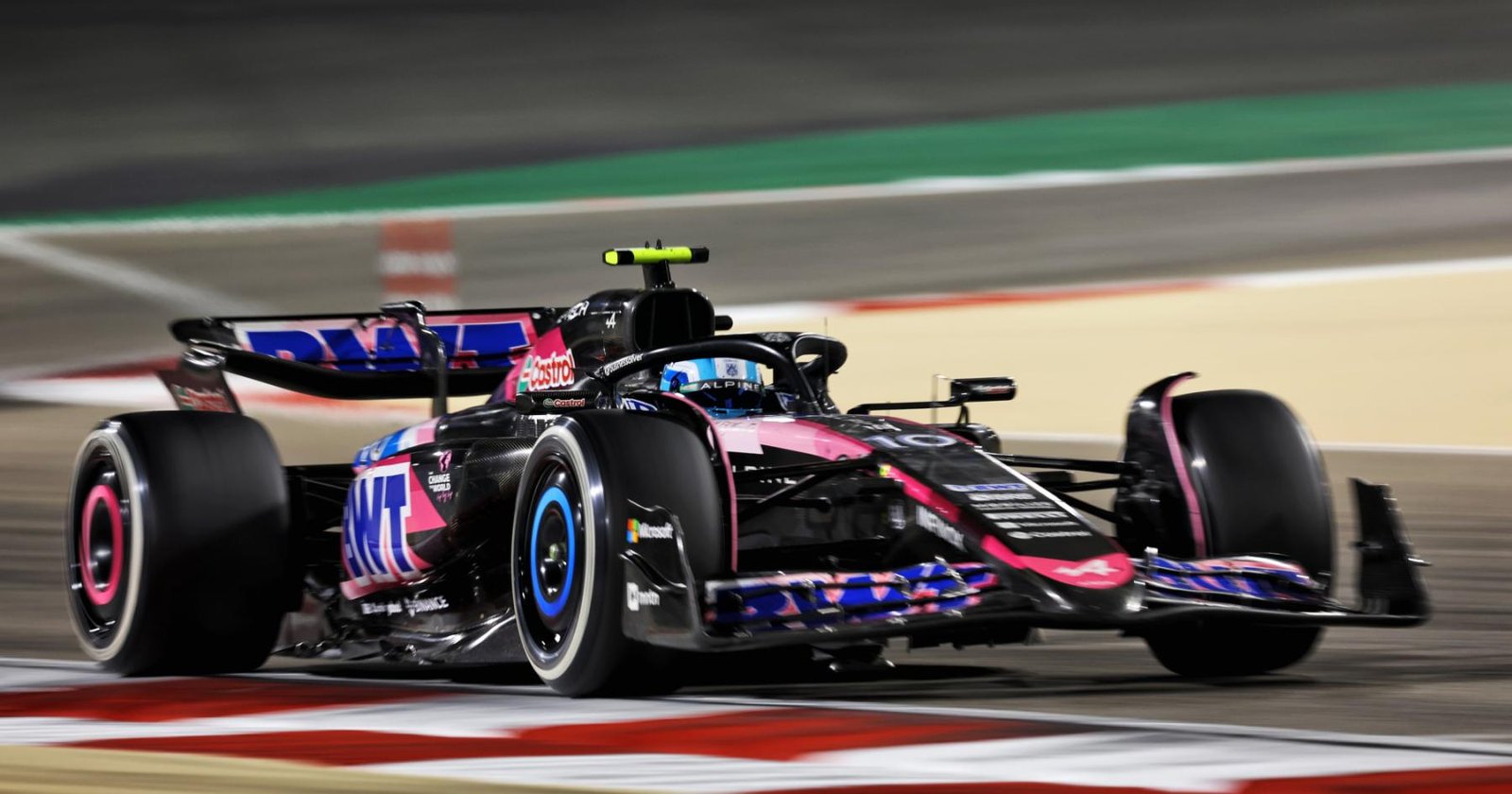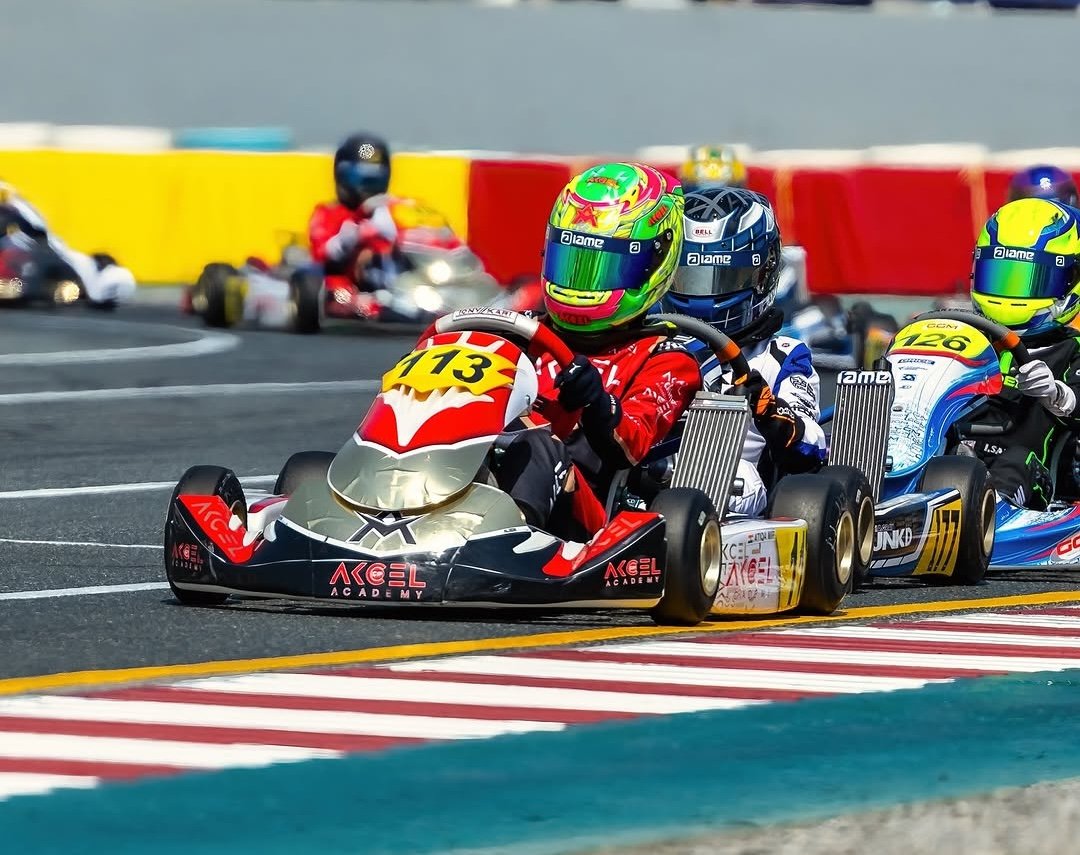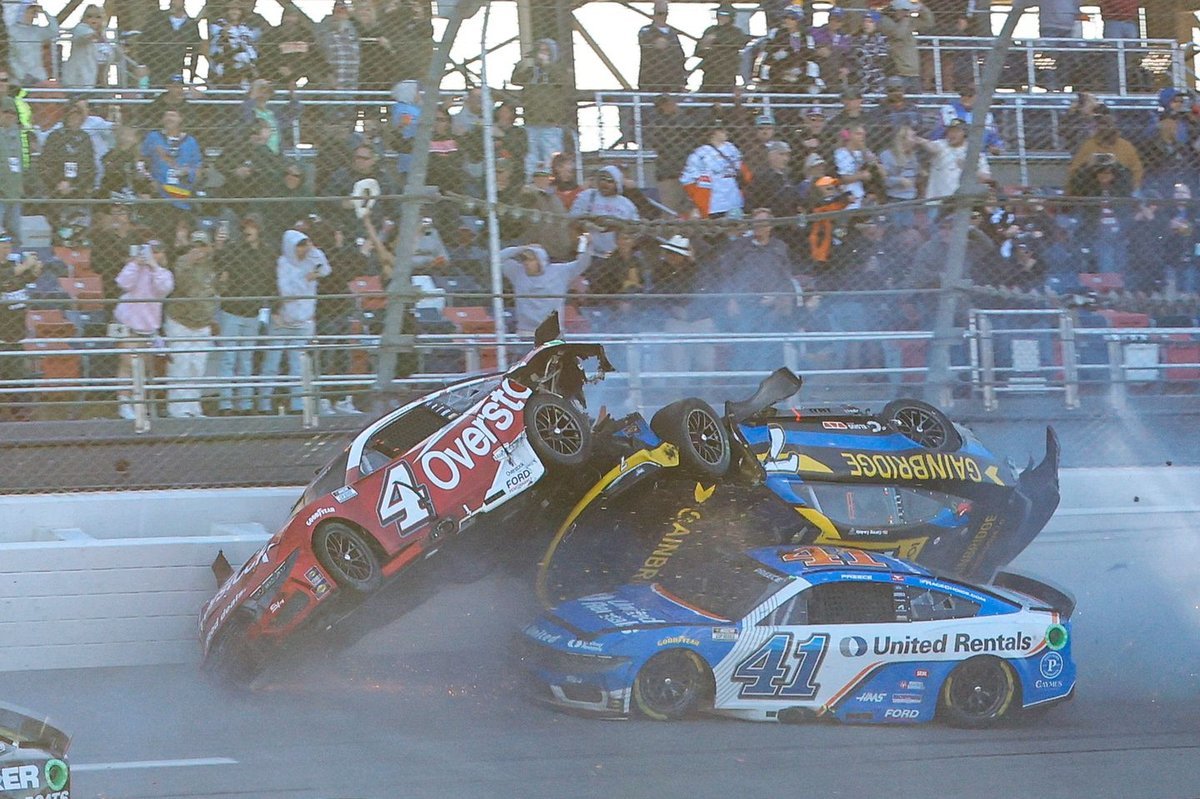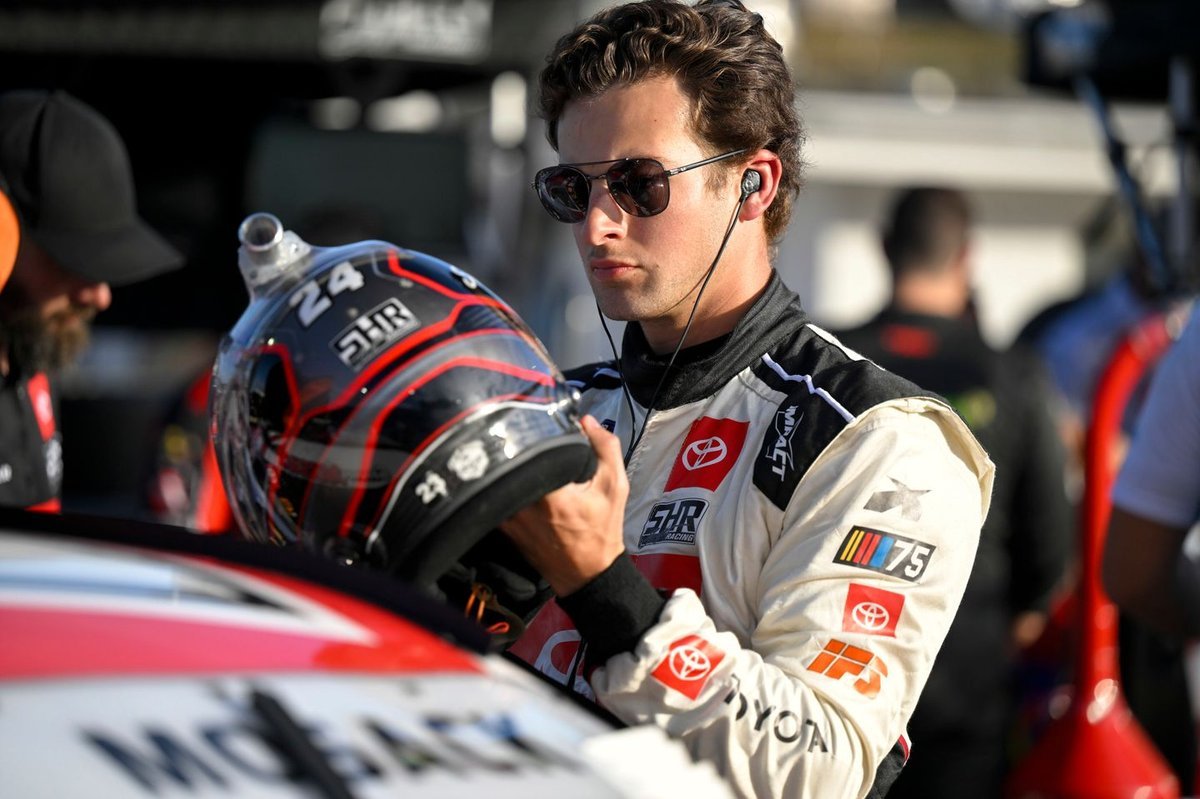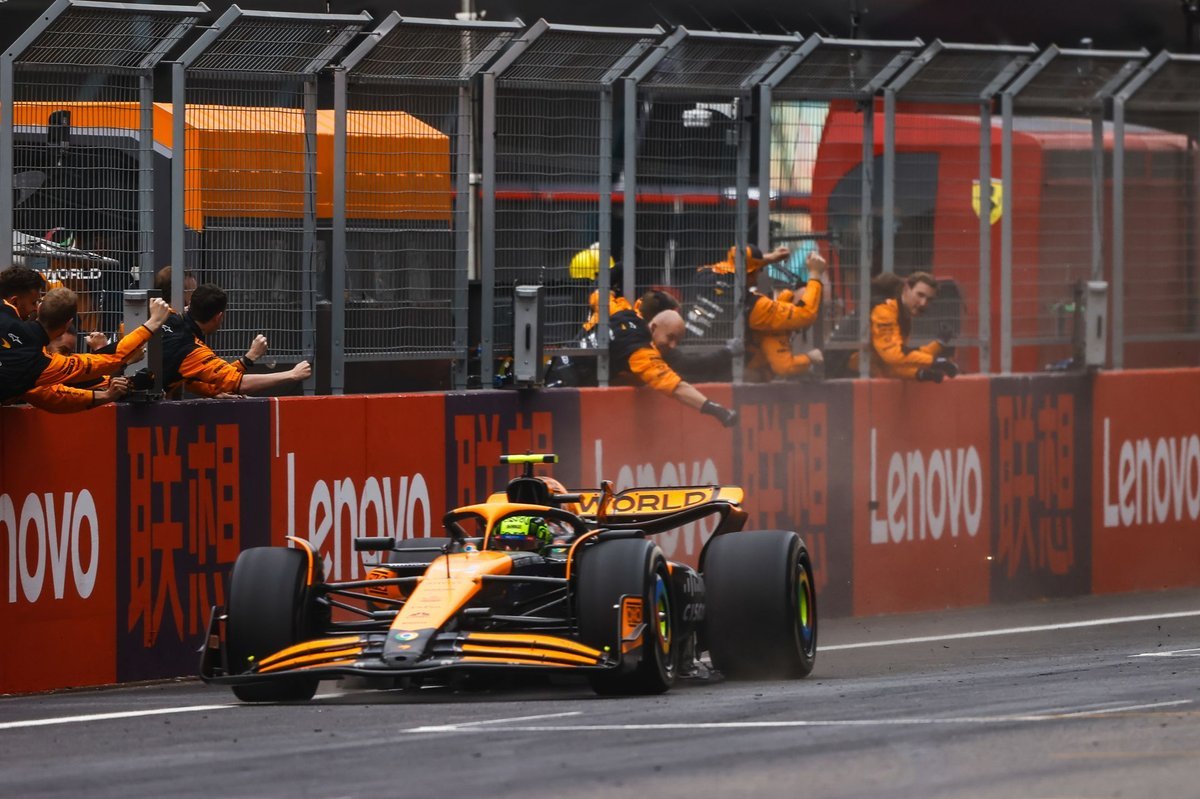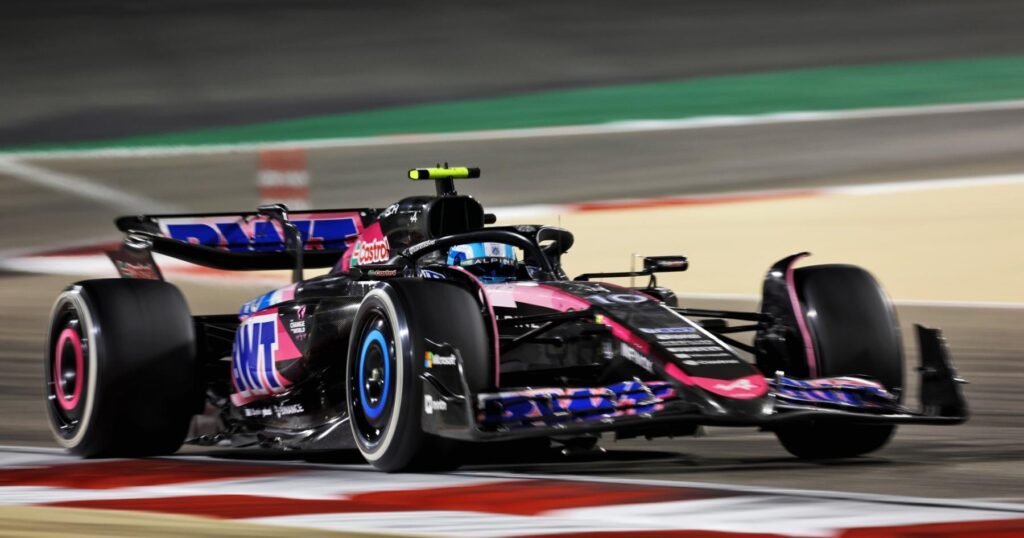
Source – Racingnews365
Viry employees have voiced concerns about Renault’s intentions to discontinue its engine project.
Renault’s decision to potentially shut down its F1 engine operations at Viry-Châtillon has sparked a wave of outrage among the staff who see the move as a betrayal of the team’s rich history. This shock announcement comes as Renault, in an effort to bolster Alpine’s performance, unveiled a controversial plan before the F1 summer break to end its power unit division at Viry, effectively reverting Alpine to a customer status for the new 2026 technical regulations.
The move would likely see Alpine sourcing engines from Mercedes, joining the likes of McLaren and Williams, as Aston Martin transitions to becoming Honda’s works team. The upheaval in leadership, with Bruno Famin stepping down as team principal after the Belgian Grand Prix to focus on Viry’s future, and Oliver Oakes stepping in as his replacement, only adds to the uncertainty. The final decision on whether to dismantle the F1 engine department is expected by the end of September.
The Viry-Châtillon site has been the heartbeat of Renault’s F1 engine operations since the brand first entered Formula 1 in 1977. The possible closure of this storied facility has not only put the staff on edge but has also led to widespread dissent. Employees are dismayed at the prospect of transferring to other Renault projects, and the notion of selling the facility has also been floated.
The Social and Economic Council of Alpine employees at Viry-Châtillon has taken a firm stand against the planned closure, releasing a statement that underscores their deep disappointment. They argue that Renault’s management, by opting for an engine supply from Mercedes, is discarding a piece of the company’s DNA. The statement, quoted by Motorsport.com, articulates the workers’ frustrations, particularly around the perceived financial motivations driving the decision.
The management’s reasoning centers on the significant cost savings, where developing their engines could cost up to $120 million, compared to an annual supply cost of $17 million. Yet, this financial rationale fails to resonate with the Viry staff, who view the decision as an abandonment of the facility’s legendary status. The idea of “grafting a Mercedes heart into our F1 Alpine car” has been met with fierce resistance, with the workers expressing disbelief at the decision to end the development of French power units for Formula 1.
They have made a passionate plea to Renault chairman Luca De Meo and his board of directors to reconsider this course of action, emphasizing the damage it could do to the images of both Alpine and Renault. The Viry staff’s opposition is rooted in their belief that the site represents an elite entity within the motorsport world, one that should not be discarded so easily.
The potential closure is even more perplexing given the promising early results from Renault’s development of the all-new 2026 power units. With suppliers currently working on these new engines, which will include the removal of the MGU-H and enhanced electrical systems, the future looked bright for Viry-Châtillon. Despite the current limitations imposed by the engine freeze, which prevents Renault from upgrading its underpowered engine, the initial runs of the new generation power unit have shown significant promise.
The workers highlighted that the first Alpine 2026 engine, dubbed the RE26A, was successfully started on June 26, 2024, on the engine bench at Viry-Châtillon. This milestone was seen as a major achievement, especially considering that the project was just a year and a half old at the time. The initial tests revealed a power output of around 400 kW, with the team optimistic about further improvements before the end of 2024.
The staff sees the RE26A as a “well-born engine with clear potential,” one that could elevate Alpine F1 Team’s ambitions. Despite missing a third of the performance concepts that are still being developed, the early results have fueled the belief that Renault’s engine program was on the verge of a breakthrough.
As Renault approaches a critical decision on the future of its F1 engine operations, the passionate opposition from Viry-Châtillon’s staff underscores the deep emotional and historical connections that run through the heart of this facility. Whether Renault will heed their pleas and preserve this cornerstone of its Formula 1 legacy remains to be seen, but the stakes have never been higher for the future of Alpine and its storied F1 program.

